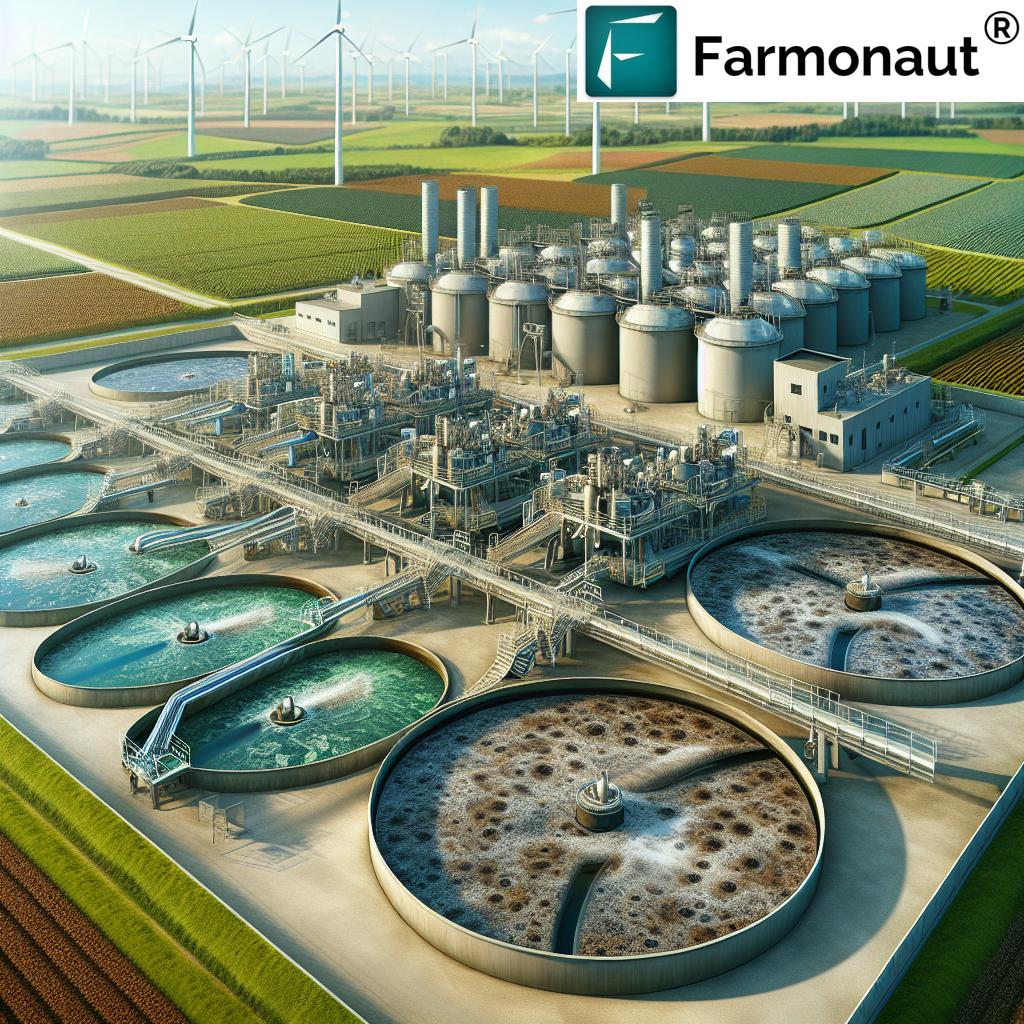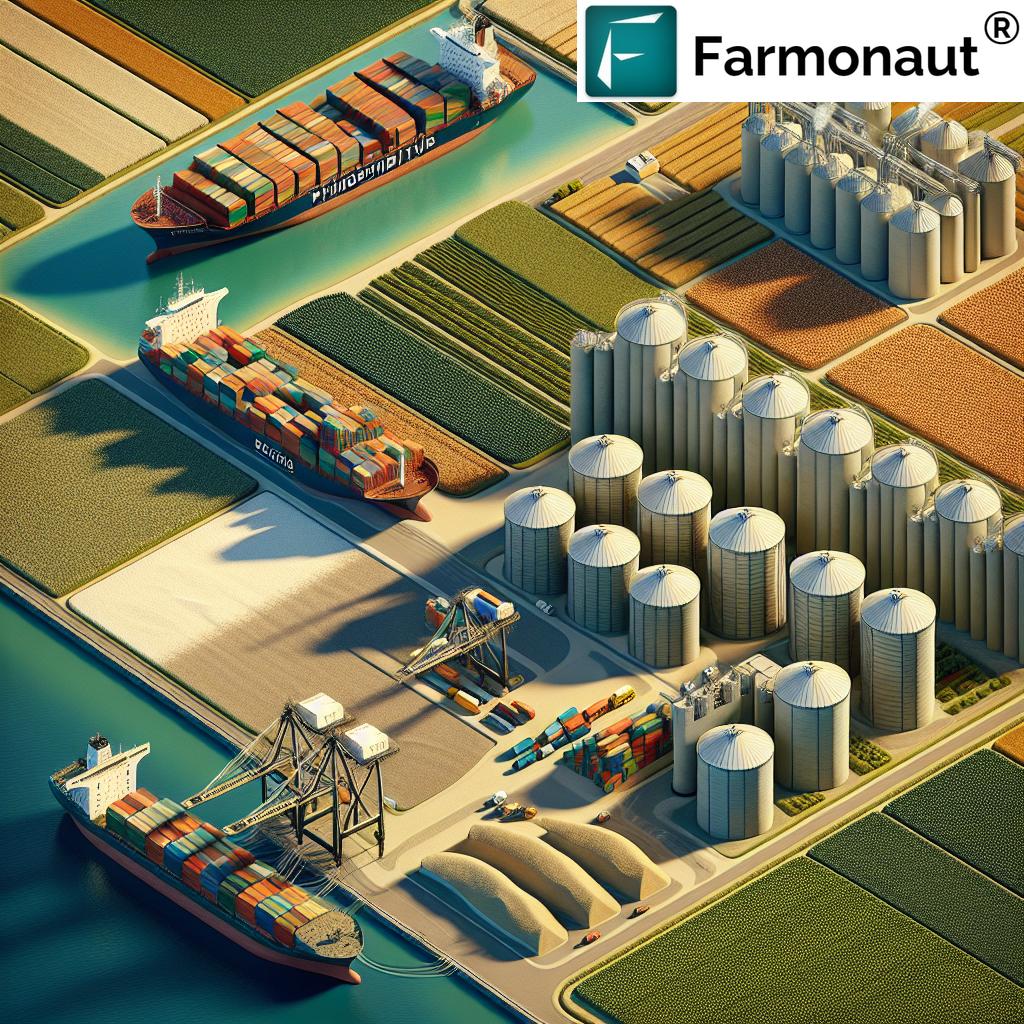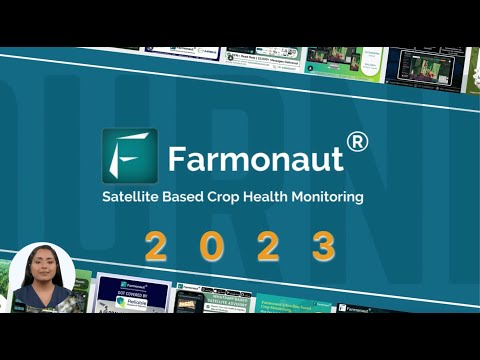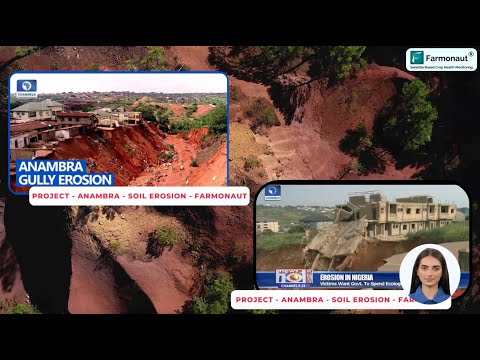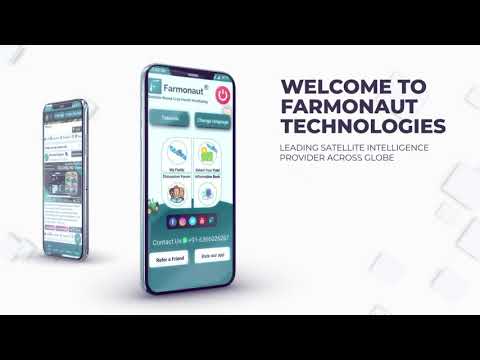Phosphorus Fertiliser Imports in Europe: 5 Key Insights for 2024
“In 2023, over 90% of the EU’s phosphorus fertiliser supply depended on imports, highlighting critical resource vulnerability.”
Executive Summary
Phosphorus is one of the foundational nutrients driving global agricultural productivity. It is indispensable for crop yields, animal feed, and—ultimately—food security across Europe and worldwide. As phosphorus fertiliser imports in Europe rose to a staggering 3.97 billion euros in 2024, new analyses reveal persistent and growing EU dependence on phosphate imports from outside the Union. Morocco and Russia stand out as strategic partners in this critical material’s supply chain.
With only one active phosphate mine in the EU, capable of meeting less than 10% of European demand, our continent’s farms remain heavily dependent on external supply. This leaves us vulnerable to global supply disruptions, price volatility, and geopolitical tensions. Simultaneously, the existing ban on recycled phosphorus from wastewater in animal feed holds back the conversion of local waste streams—from sewage sludge and wastewater treatment—into valuable fertilisers.
If the EU is to fortify its internal phosphate supply chain and pursue a circular economy in agriculture, we must address regulatory bottlenecks, promote sustainable recovery initiatives, and invest in innovative agricultural technologies. Precision agriculture, powered by data from satellite monitoring and AI as provided by Farmonaut, will be instrumental in helping farmers optimize fertiliser and resource use.
In this detailed analysis, we present 5 key insights into the state of phosphorus fertiliser imports in Europe for 2024, investigate the roots of our dependency, and highlight the policy and technological opportunities that can guide us toward sustainable phosphorus management and supply independence for generations to come.
Introduction
Our capacity to produce enough food on European farms depends on a stable, plentiful, and affordable supply of essential macronutrients—of which phosphorus is non-replaceable. Yet, as import data from the EU’s Directorate-General for Agriculture and Rural Development reveal, Europe’s agricultural capability remains tied to the whims of the global phosphate market.
This heavy external reliance is especially pronounced when considering global events, supply chain shocks, and environmental imperatives to minimize waste, restore soil fertility, and lower the carbon footprint of farming. It is vital that we confront both the scale of the challenge and the innovative solutions already being piloted for sustainable phosphorus management in Europe.
1. The Scale and Geography of Phosphorus Fertiliser Imports in Europe
Let us first take stock of the total amount invested and the distinct countries forming the backbone of our phosphorus import supply. In 2024, EU companies imported various forms of phosphorus fertiliser and phosphate, cumulatively worth 3.97 billion euros—a testament to the sheer scale of our dependence. The largest external partners include Morocco (1.4 billion euros) and Russia (989 million euros), together accounting for nearly 60% of total import value.
Key factors driving these import trends include:
- Insufficient domestic reserves: The only active phosphate mine within the Union meets just 5-10% of agricultural demand.
- Essentiality of phosphate for food production: As phosphorus is a key nutrient in mineral fertilisers and animal feed, its availability directly impacts farming output and food supply across Europe.
- Import resilience strategies: Businesses diversify sourcing between various countries in case of disruption in any single region.
From Germany, France, and Italy to Eastern European countries, the reliance on outside sources is uniform—laying bare the entire EU’s vulnerability to price shocks, export bans, and logistical crises.
This brings the focus sharply onto the phosphorus fertiliser imports in Europe, with direct implications for policy, investment, and food security planning.
2. EU’s Structural Dependence on Phosphate: A Critical Raw Material
Our dependence on phosphate stems from a confluence of natural scarcity, agricultural intensification, and regulatory inertia:
- Critical raw material status: The European Commission has recognized phosphate as a “critical raw material” for over a decade because of its strategic importance and supply risk.
- Low domestic production: European phosphate reserves are minimal, further hampered by environmental costs associated with new mining ventures.
- Absence of substitutes: No alternative nutrient can truly replace the role of phosphorus in plant metabolism, root growth, and reproductive processes.
- Rising demand and stagnant recovery: As food and feed needs grow, phosphorus recovery from waste lags, and less than 20% of consumed phosphorus is currently recycled within the bloc.
In 2024, this tightrope—between increasing consumption and vulnerable supply—has not loosened. Instead, it has prompted urgent calls for a circular economy in agriculture wherein phosphorus is efficiently recovered from wastewater, returned to the soil, and kept within regional cycles.
Wastewater treatment for nutrient recovery is not just an environmental imperative, but a matter of strategic autonomy and sovereignty in the global agricultural market.
“Only 17% of Europe’s phosphorus is currently recycled, underscoring the urgent need for sustainable recovery solutions in agriculture.”
3. Russia, Morocco, and the Phosphate Supply Chain in the EU
Examining the phosphate supply chain in the EU reveals patterns shaped not just by market economics, but also geopolitics. While Morocco is Europe’s single largest source—owing to its unrivaled reserves—Russia continues as the EU’s second most important partner, receiving nearly a quarter of all import expenditure.
Despite concerted efforts to wean the union off Russian raw materials in the wake of conflict and sanctions, fertilisers remain exempt due to their essentiality for food security. The result: EU’s agricultural sector has maintained—if not quietly deepened—its relationship with major non-EU partners for phosphorus access.
These numbers are doubly concerning due to:
- Fragility against shocks: Any supply disruption from a key partner (embargo, export quota, logistics) can lead to widespread price spikes and risk of food shortage.
- Limited bargaining power: As we are dependent, the leverage tilts towards suppliers outside the union.
- Unpredictable regulatory environment: Volatility in international relations can upend established trade flows overnight.
It becomes clear: without proactive investment in home-grown alternatives, including advanced phosphorus recovery from sewage sludge and best-in-class wastewater treatment plants, the EU will remain exposed.
4. Phosphorus Recovery from Sewage Sludge: Unlocking the Circular Economy
A headline opportunity for the EU’s sustainability goals is the vast, untapped supply of phosphorus found in sewage sludge, the solid byproduct left behind after water has been removed from municipal wastewater treatment processes. These solids contain high levels of phosphorus—comparable to mined ore—presenting a unique, localized nutrient source.
Phosphorus recovery from sewage sludge harnesses modern technologies to extract phosphorus, typically after incineration (which neutralizes any potential pathogens), and convert it into fertiliser or animal feed. This would:
- Lower our reliance on imported phosphate;
- Create a robust, circular market for recycled nutrients;
- Minimize landfill volumes and secondary pollution;
- Open up a green, billion-euro industry while retaining value within European countries;
- Greatly improve our control over the food supply.
Germany leads by example, having passed a law in 2017 mandating large wastewater treatment plants to recover phosphorus beginning in 2029. Yet, obstacles remain due to an outdated ban on the use of recycled phosphorus in animal feed—a rule introduced in the era of BSE concerns, but one no longer justified given modern, pathogen-killing extraction methods.
By revising this regulation, we could close the phosphorus loop and invigorate local investment in innovative recycling facilities.
Key Takeaway: Transforming waste into resource is the lynchpin for sustainable phosphorus management in European agriculture.
5. Regulatory Barriers and Their Effects on Circular Innovation
With scientific advances disrupting how we view animal feed safety and nutrient loops, the EU’s current prohibition on phosphorus from recycled sewage being used in feed is a double-edged sword:
- Discourages entrepreneurs from investing in recovery and recycling installations;
- Delays the emergence of a circular phosphorus economy;
- Hampers the region’s competitiveness vs. global peers;
- Risks exporting our recycled phosphorus (and investment) outside of Europe—eroding potential local supply and food security advances elsewhere.
As observed in Germany, even countries at the forefront of recovery technology cannot leverage the full value of their minerals if EU-wide rules remain unchanged.
Immediate regulatory reform, paired with incentives for sustainable infrastructure, would allow us to capitalize on best-in-class wastewater treatment for nutrient recovery, retain local value, and protect both the environment and food security for the future.
Phosphorus Fertiliser Imports by Country: 2021 vs 2024 (Estimated)
| Country | Phosphorus Fertiliser Imports 2021 (Estimated, thousand tonnes) |
Imports 2024 (Estimated, thousand tonnes) |
% Change (2021–2024) |
Notes on Sustainable Recovery Initiatives |
|---|---|---|---|---|
| Germany | 900 | 1050 | +17% | Mandatory phosphorus recovery law for WWTPs operational by 2029/32 |
| France | 850 | 920 | +8% | Pilots for sewage sludge valorization; no nationwide regulation yet |
| Italy | 600 | 680 | +13% | Regional projects underway; national strategy pending |
| Spain | 620 | 670 | +8% | Focused on nutrient management frameworks |
| Eastern Europe (aggregate) | 1500 | 1650 | +10% | Limited circular initiatives; rising demand projected |
| Rest of EU | 900 | 1050 | +17% | Various municipal or cross-border partnerships |
*Data based on Directorate-General for Agriculture and Rural Development; 2024 estimates. Sustainable recovery initiatives may differ by administrative region.
Farmonaut’s Role in Sustainable Agricultural Transformation
Transitioning the EU to a sustainable phosphorus future is as much about data-driven decision-making as it is about policy and technology. Here’s where Farmonaut empowers agribusinesses, governments, and farmers:
- Real-time crop health monitoring: Using satellite imagery, Farmonaut provides actionable insights on vegetation health, soil moisture, and nutrient status—helping optimize fertiliser application and reduce overall phosphorus wastage across all scales of farming.
- Precision advisory through AI: Farmonaut’s Jeevn AI system tailors expert crop management strategies, factoring in satellite, soil, and weather data for maximum farm output and minimal resource waste. Agritech tools like these are indispensable in closing the phosphorus use efficiency gap.
- Blockchain-based traceability: For companies and regulators, verifying the origin, journey, and use of fertiliser products improves supply chain transparency—a pillar of the circular economy in agriculture.
- Fleet and resource management: Agribusinesses can reduce their operational and transportation carbon footprint, enhancing the sustainability profile of their food and fertiliser value chains.
- Carbon footprinting: Track, manage, and reduce on-farm or supply chain carbon emissions—a critical requirement as the EU intensifies its focus on climate-friendly, circular production systems.
- Financing for sustainability: By providing satellite-verified evidence, Farmonaut supports crop loans and insurance for sustainable investments and risk mitigation across rural development schemes.
- Large scale operations: Corporates and governments can deploy Farmonaut’s large-scale farm management platform to coordinate nutrient monitoring, recovery initiatives, and data-driven development policies.
By making precision agriculture affordable and digital, Farmonaut is at the forefront of the European Union’s transformation toward a sustainable, resilient, and circular phosphorus economy.
Farmonaut Subscriptions
Frequently Asked Questions (FAQ)
What is phosphorus, and why is it critical to European agriculture?
Phosphorus is a vital nutrient in mineral fertilisers and animal feed, supporting plant growth, food production, and sustainable soil health. Without adequate phosphorus, farming output across all major European crops would plummet.
Why is the EU so dependent on importing phosphate?
The EU’s natural phosphate reserves are limited, and domestic production meets only 5–10% of overall demand. As a result, European countries must import most of their phosphorus from global partners like Morocco and Russia.
How can the EU recover phosphorus from sewage and waste streams?
Through advanced wastewater treatment plants and recovery technologies, phosphorus can be extracted from sewage sludge after water is removed and the remaining solids are incinerated. This recovered phosphorus is suitable for use in fertilisers and, after appropriate regulatory changes, potentially in animal feed.
What is the impact of the current ban on using recycled phosphorus in animal feed?
The ban discourages investment in recycling facilities, slows down the scale-up of recovery technology across the EU, and prevents the region from maximizing its own waste-derived phosphorus—thus maintaining the cycle of external dependency.
How can data-driven solutions like Farmonaut contribute to sustainable phosphorus management?
By leveraging satellite-based monitoring, AI, and blockchain, Farmonaut improves the precision of fertiliser use, enhances traceability, supports circular economy models, and enables informed, data-driven farm management at every level.
What’s needed for Europe to achieve phosphorus independence and circularity?
The main requirements are regulatory reform (lifting the outdated ban), large-scale adoption of nutrient recovery technologies, investment in regional recycling facilities, and the integration of digital decision-support systems across the agriculture sector.
Conclusion: A Call to Action for a Resilient, Circular Future
As our analysis of phosphorus fertiliser imports in Europe shows, the EU still faces a precarious, import-dependent future for this critical raw material. Our ability to produce food, sustain farm livelihoods, and advance the European Green Deal will remain at risk unless new, circular models and technological innovation are embraced.
We must move swiftly to:
- Revise outdated regulations limiting phosphorus recovery from sewage sludge to unlock local, sustainable nutrient cycles;
- Invest in the next generation of wastewater treatment plants and resource recovery facilities;
- Leverage digital platforms—like Farmonaut—for data-driven, resource-efficient, and transparent agriculture;
- Encourage broad European collaboration and knowledge sharing on sustainable phosphorus management.
In this decade of ecological and economic transformation, let us reclaim control over our phosphate supply chain, invest in local recovery and recycling, and future-proof European agriculture for all generations.
Discover More: You can access Farmonaut’s platform via web app, Android or iOS.
API wishing to integrate satellite and climate data? Check out our API options and developer documentation here.

